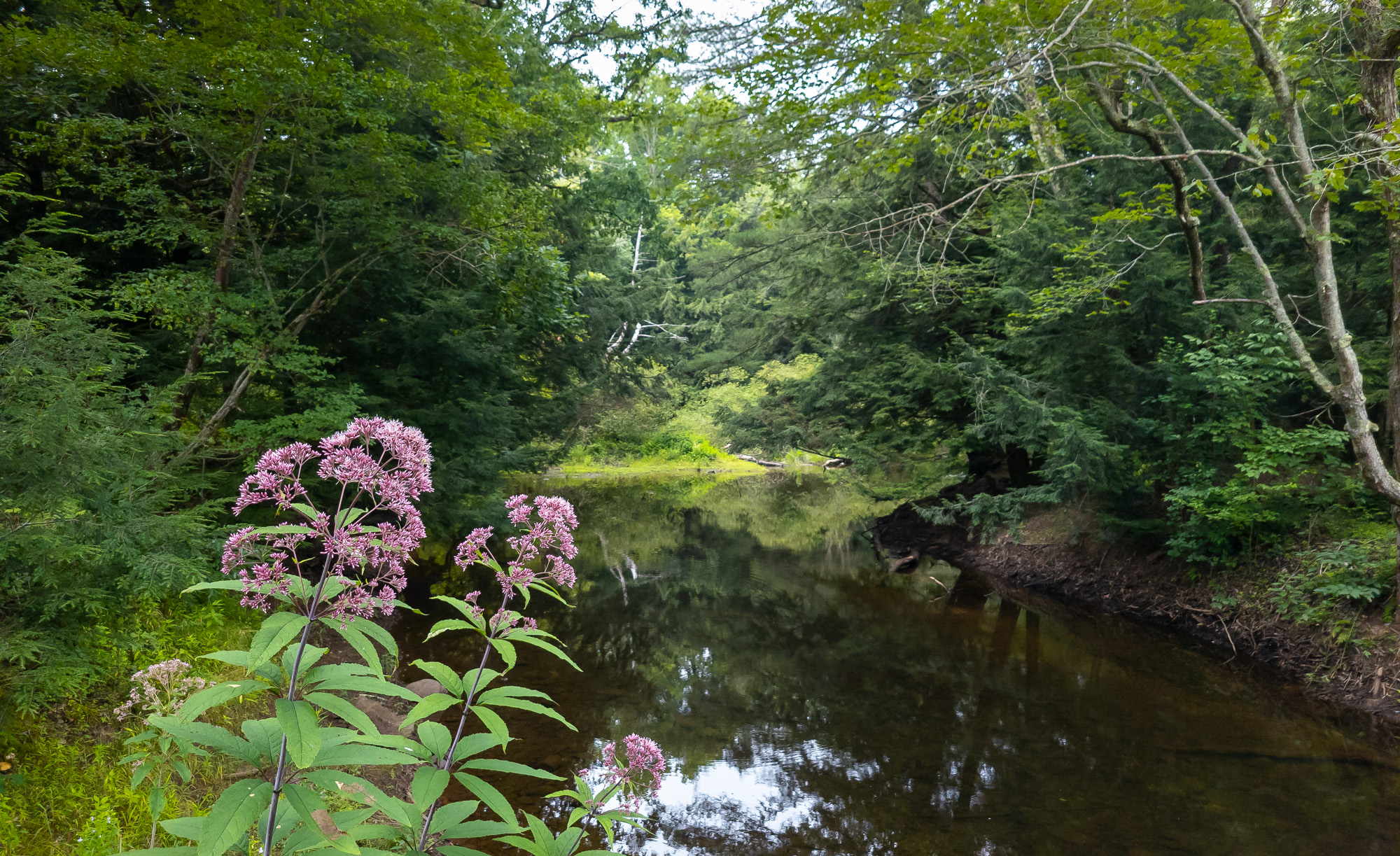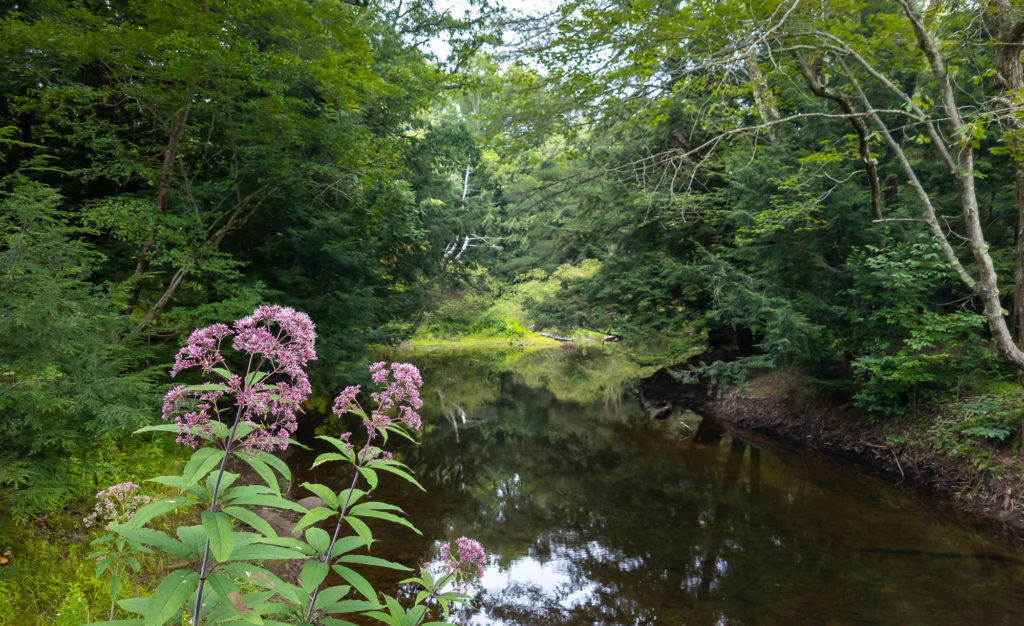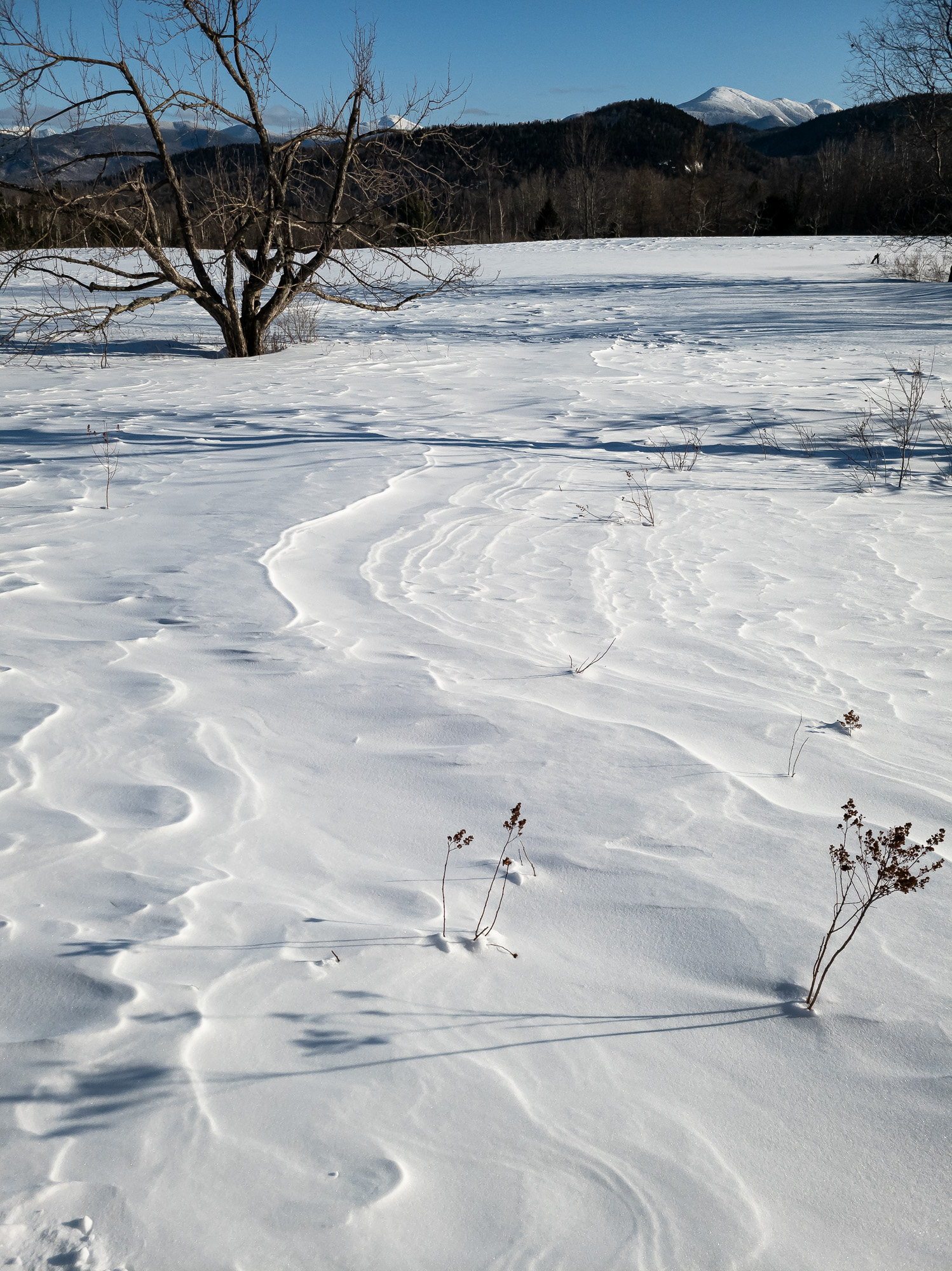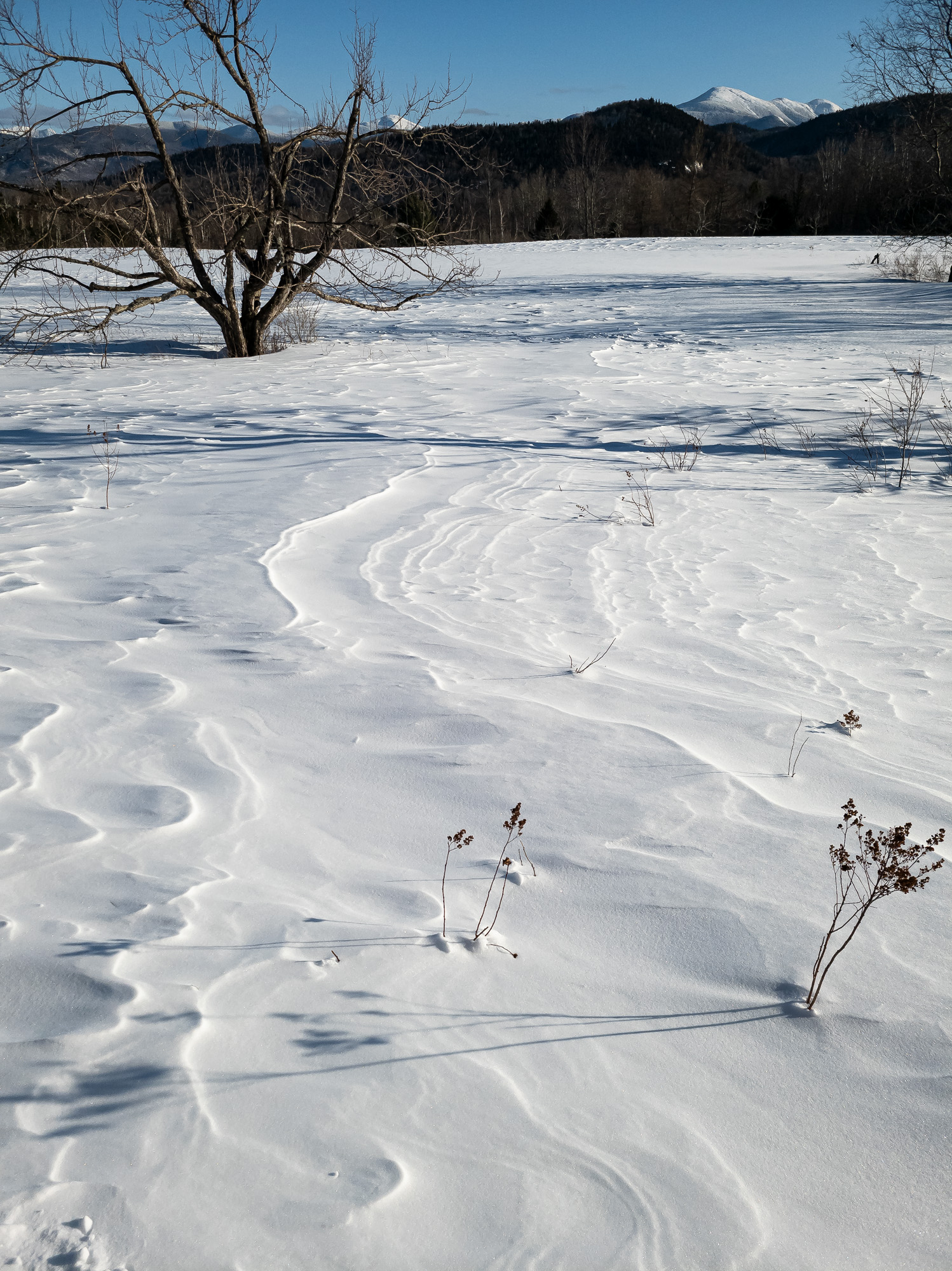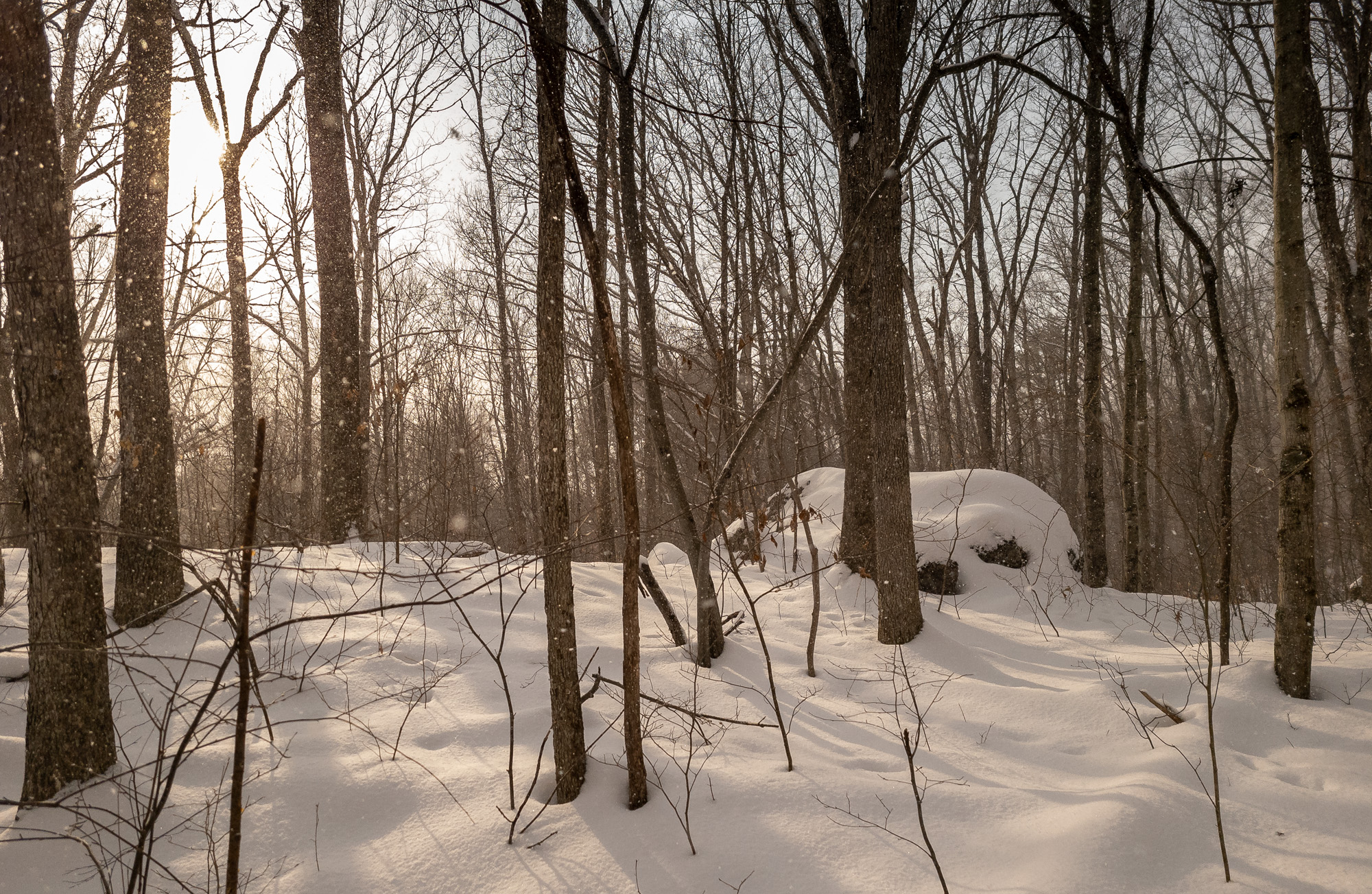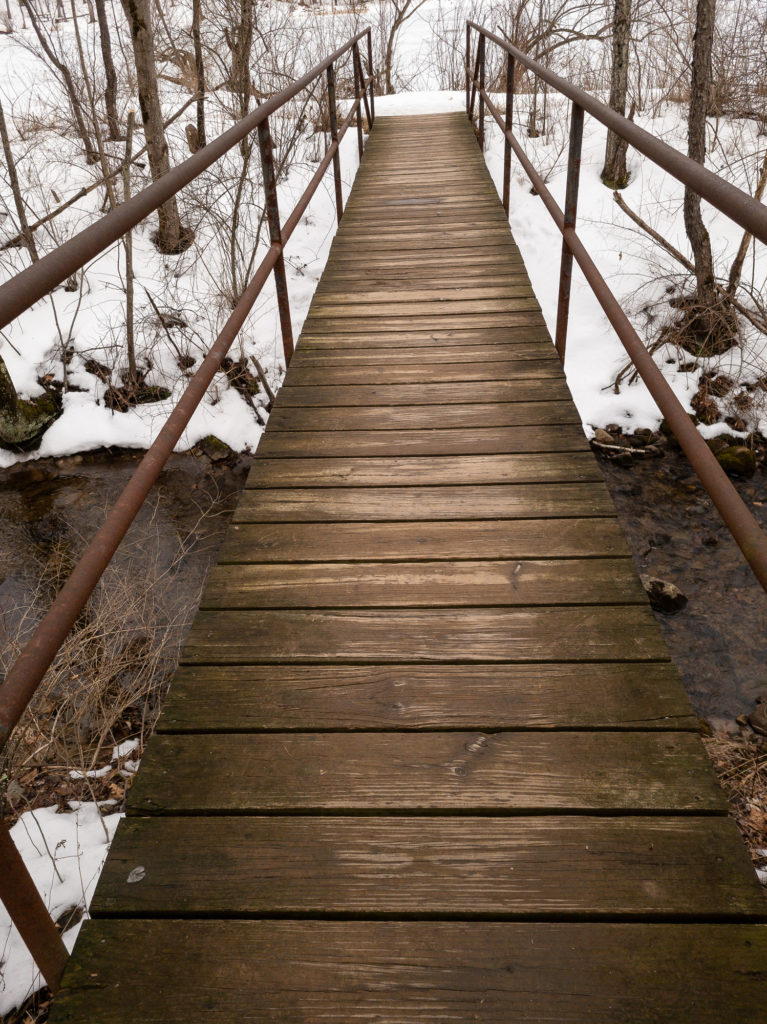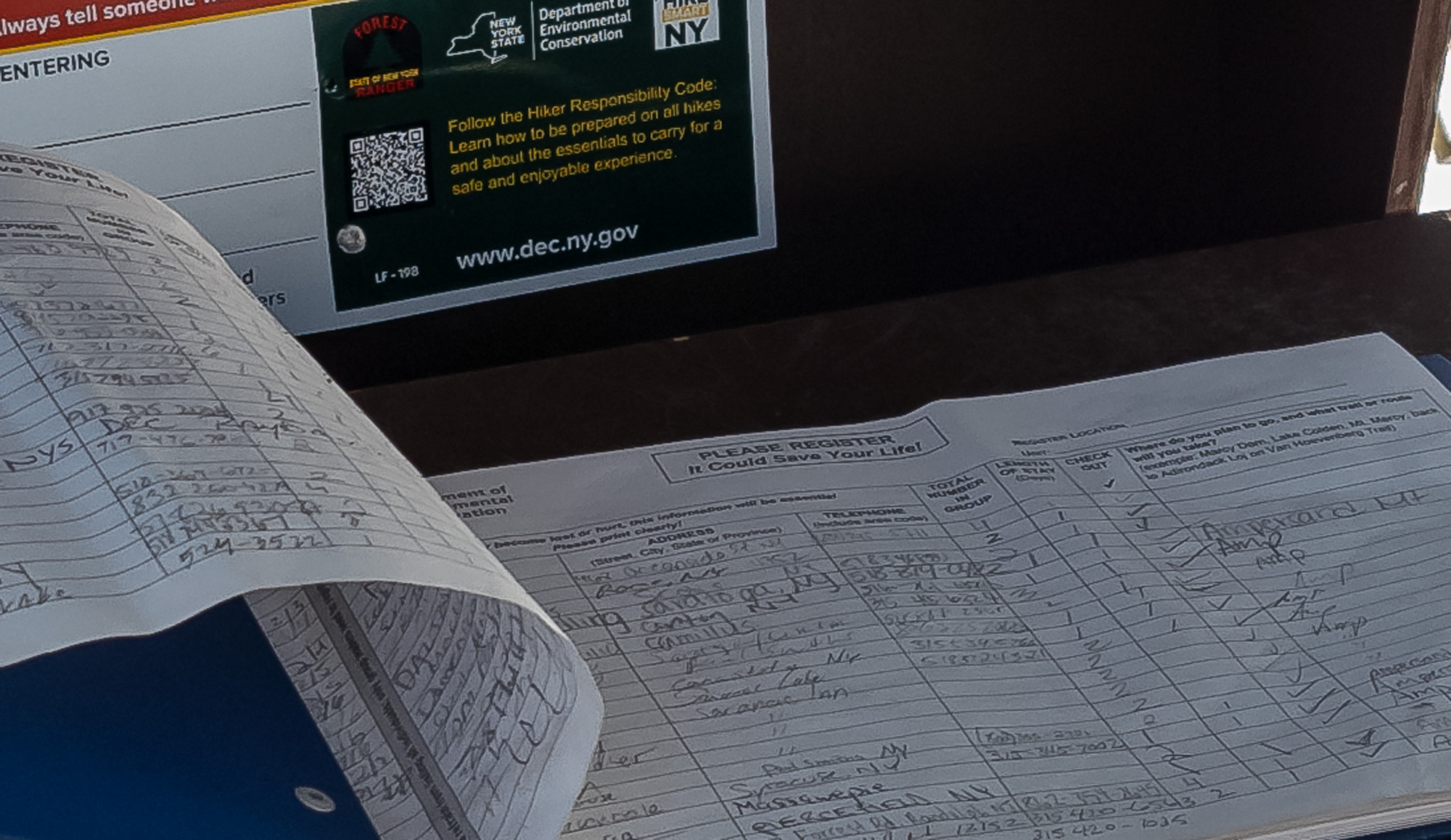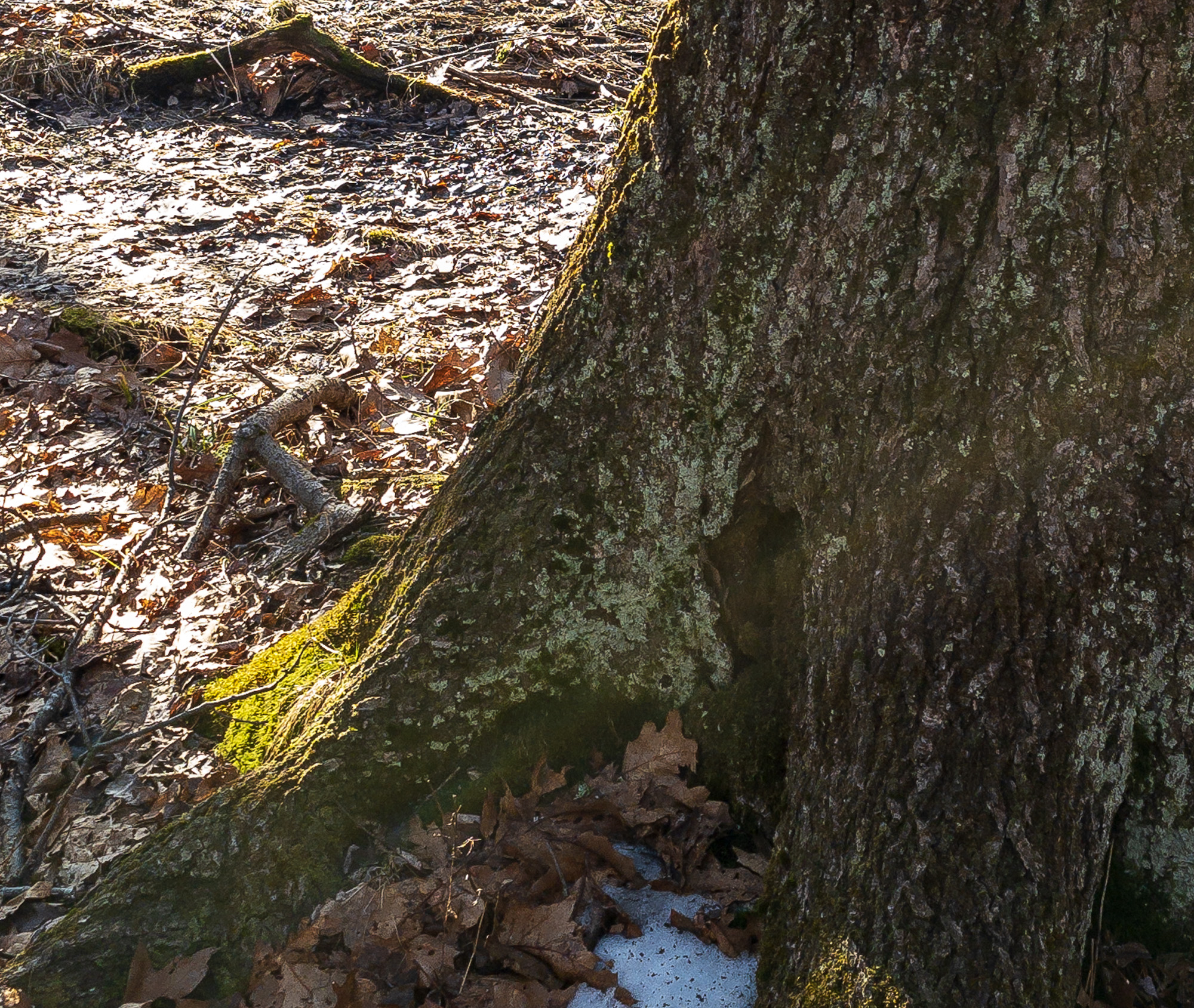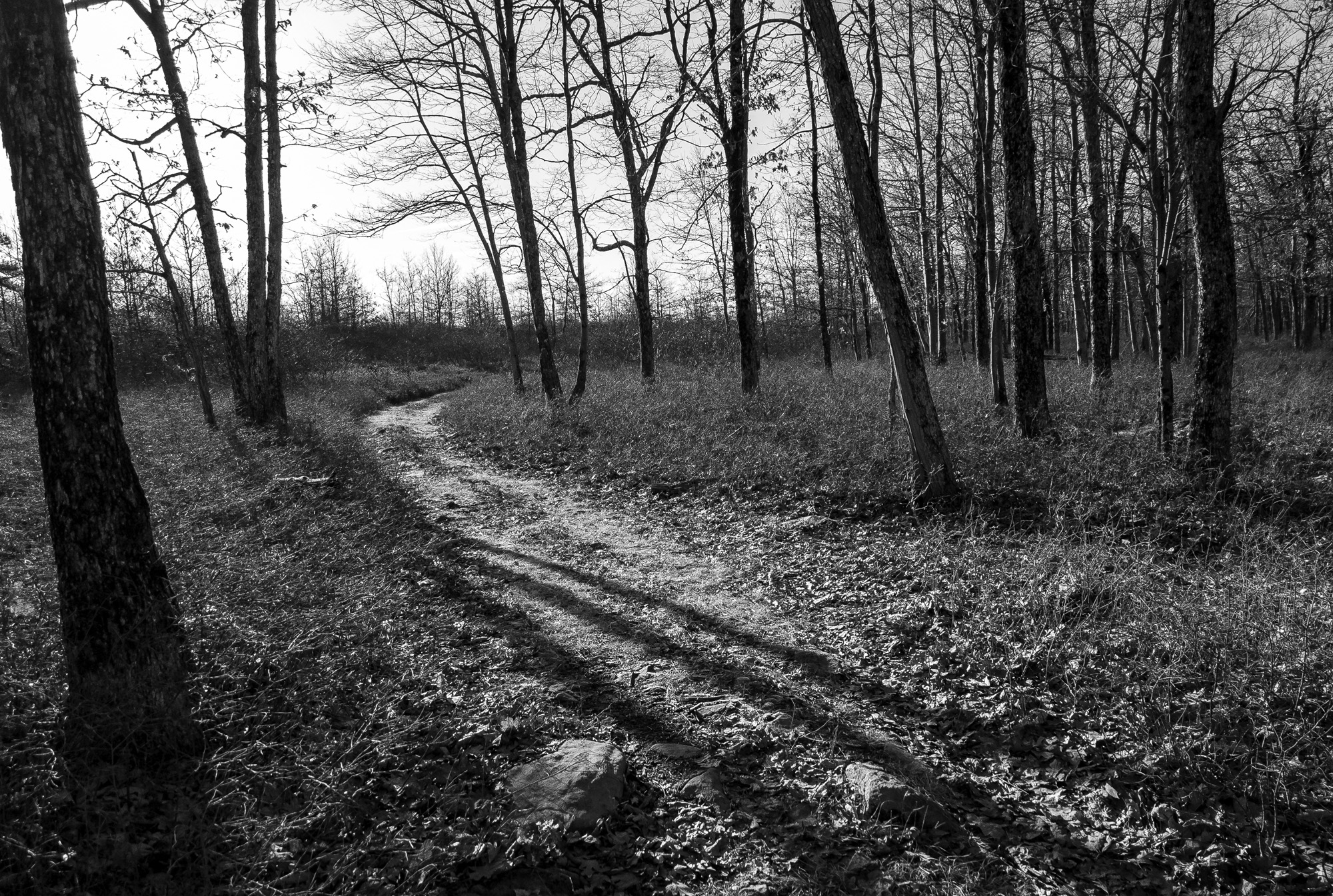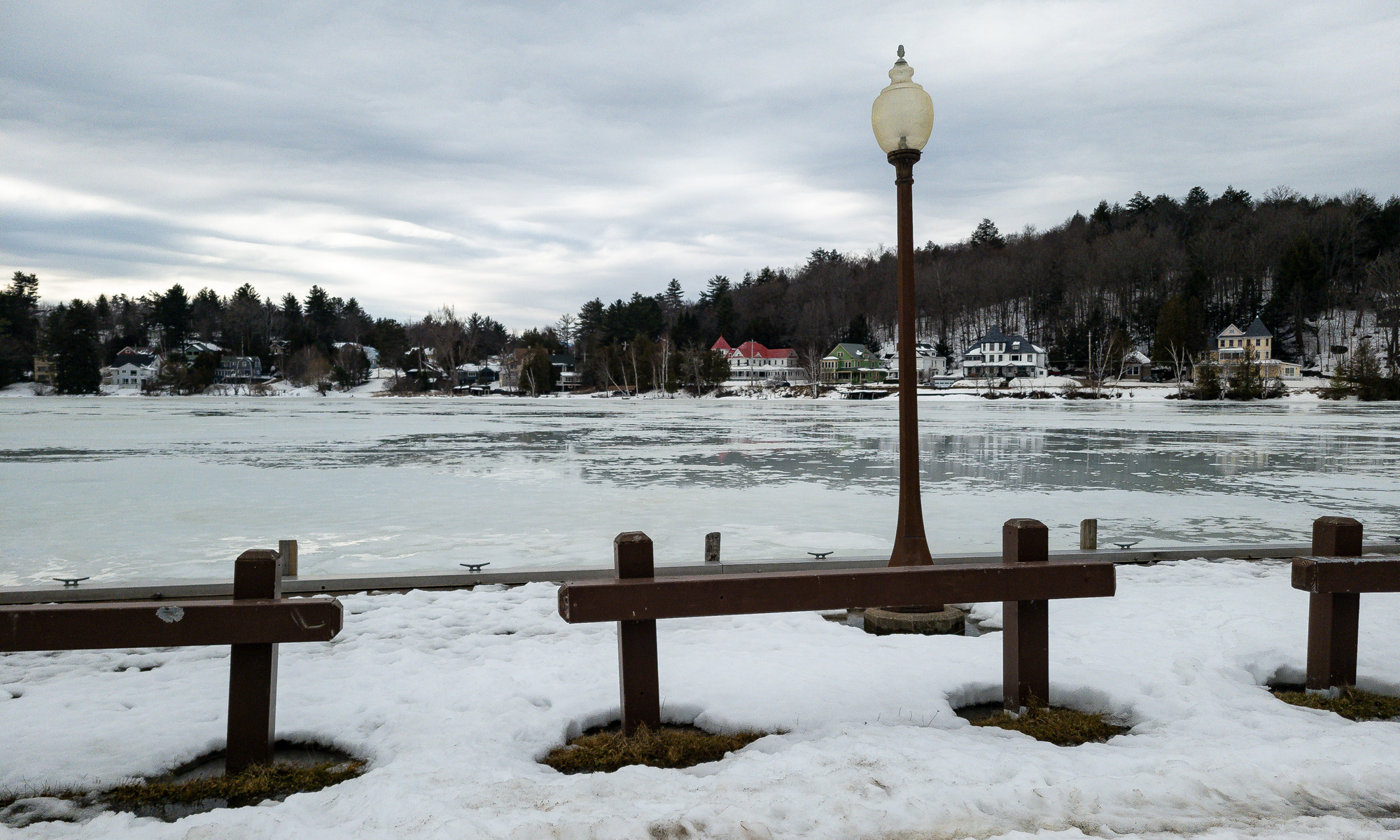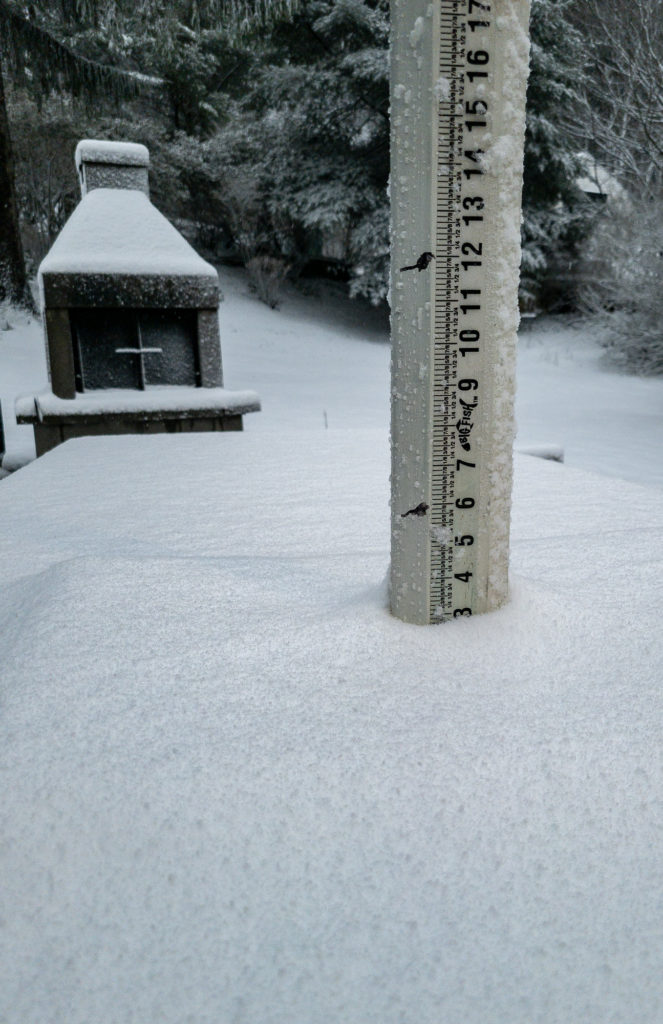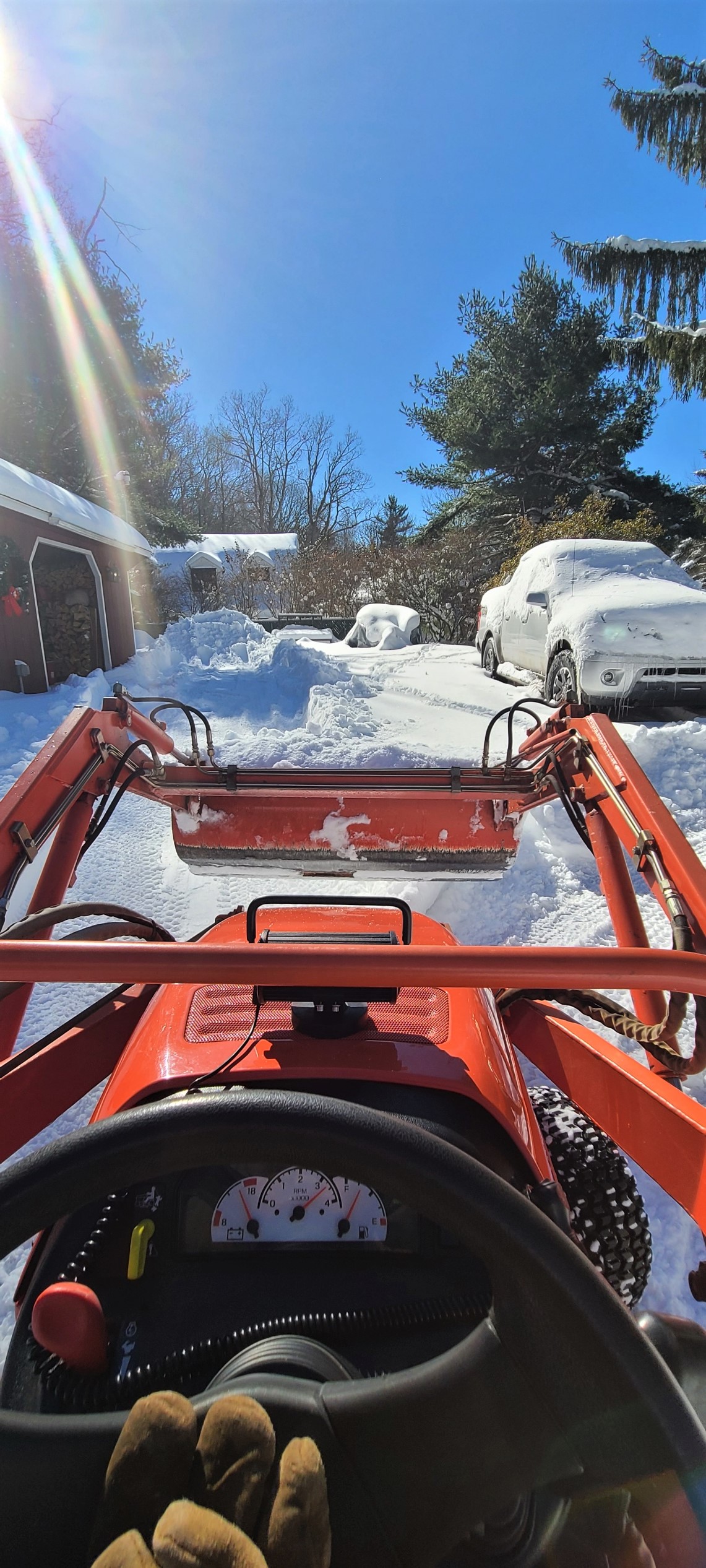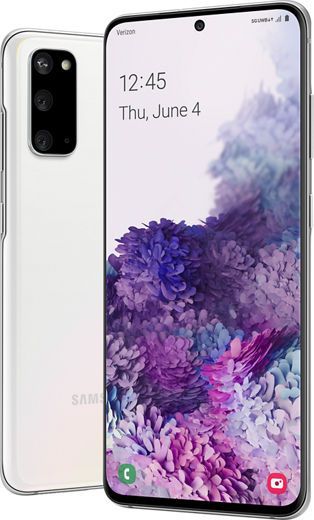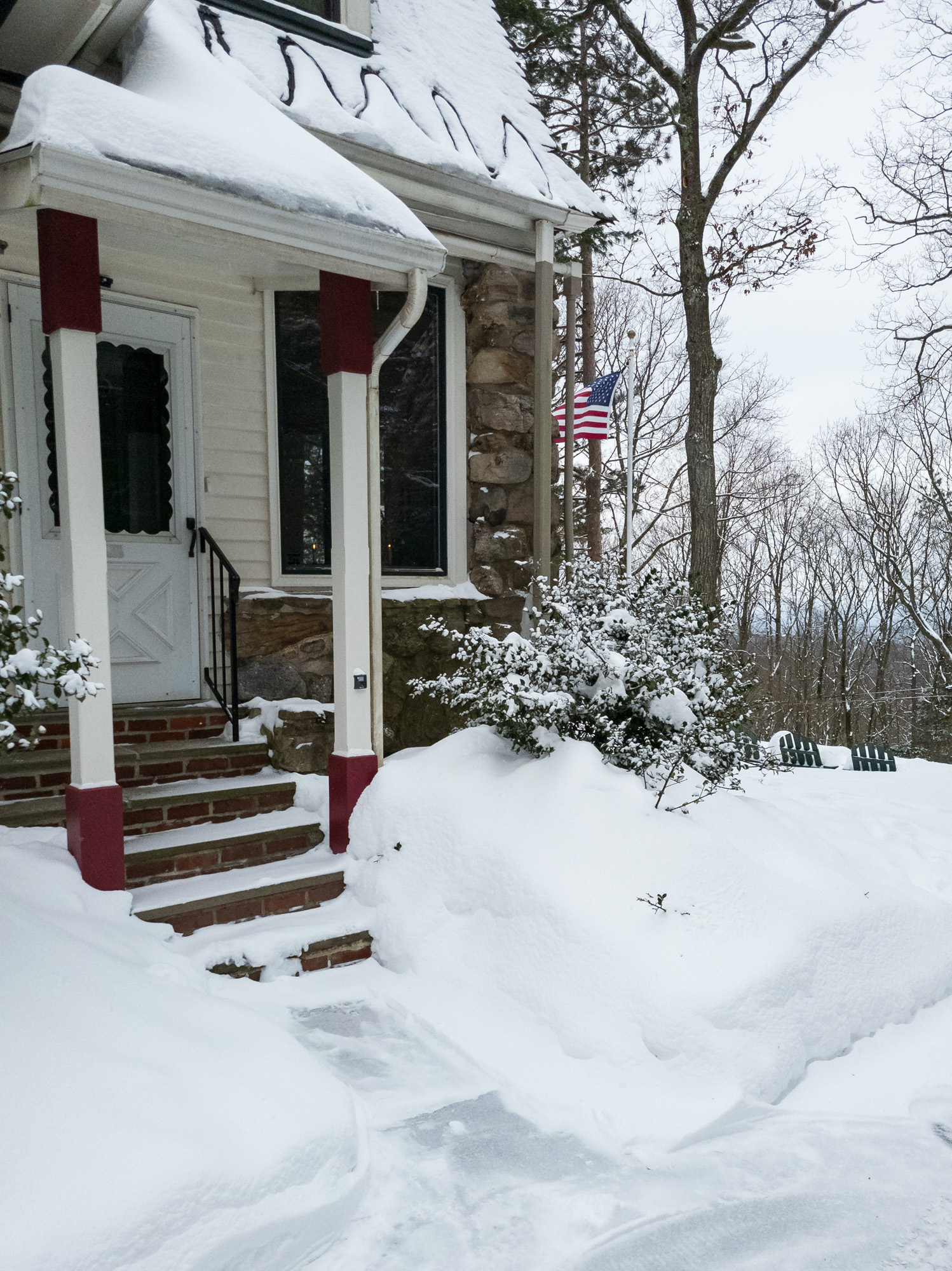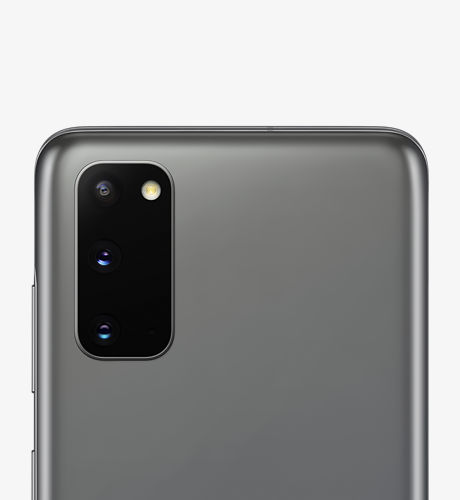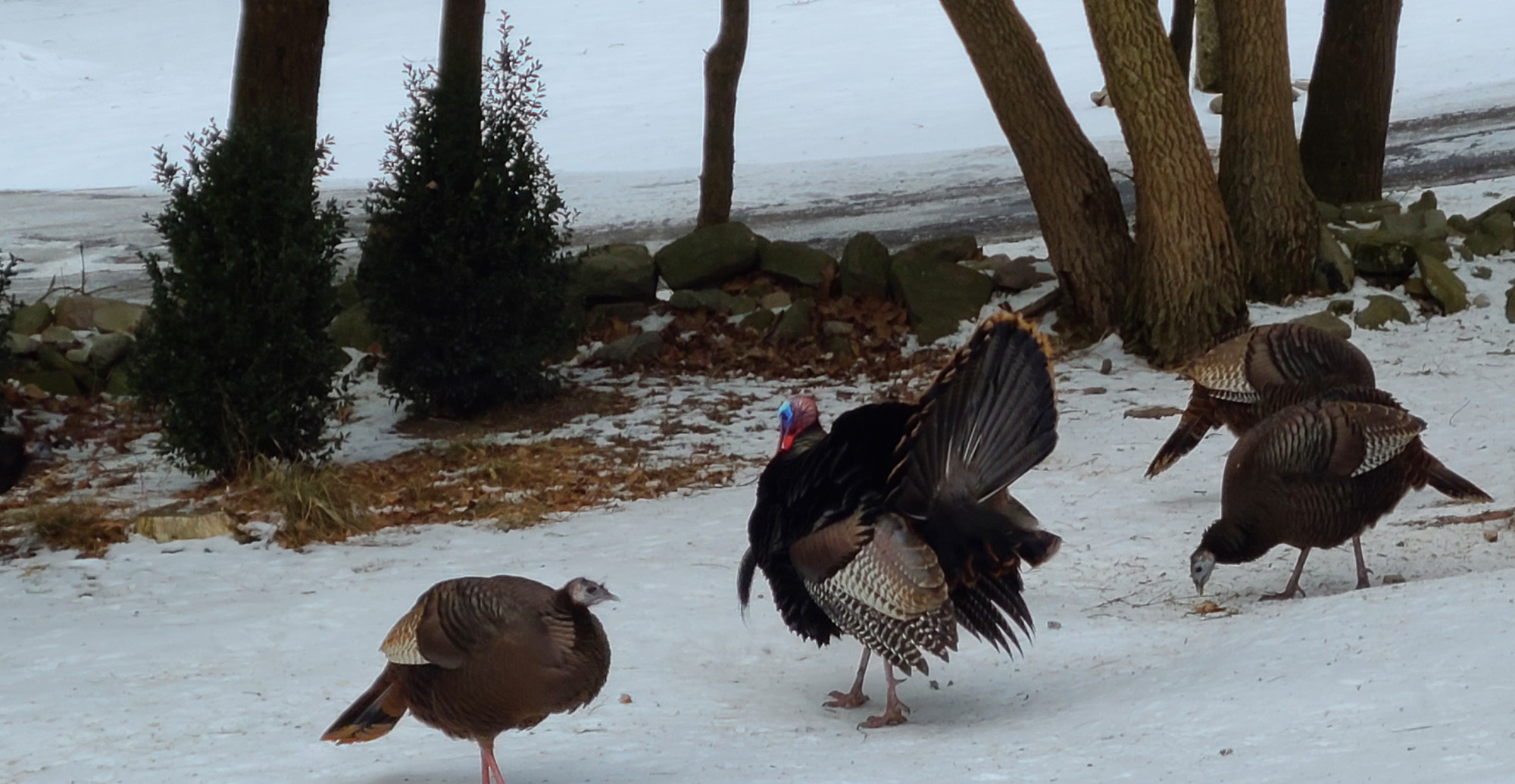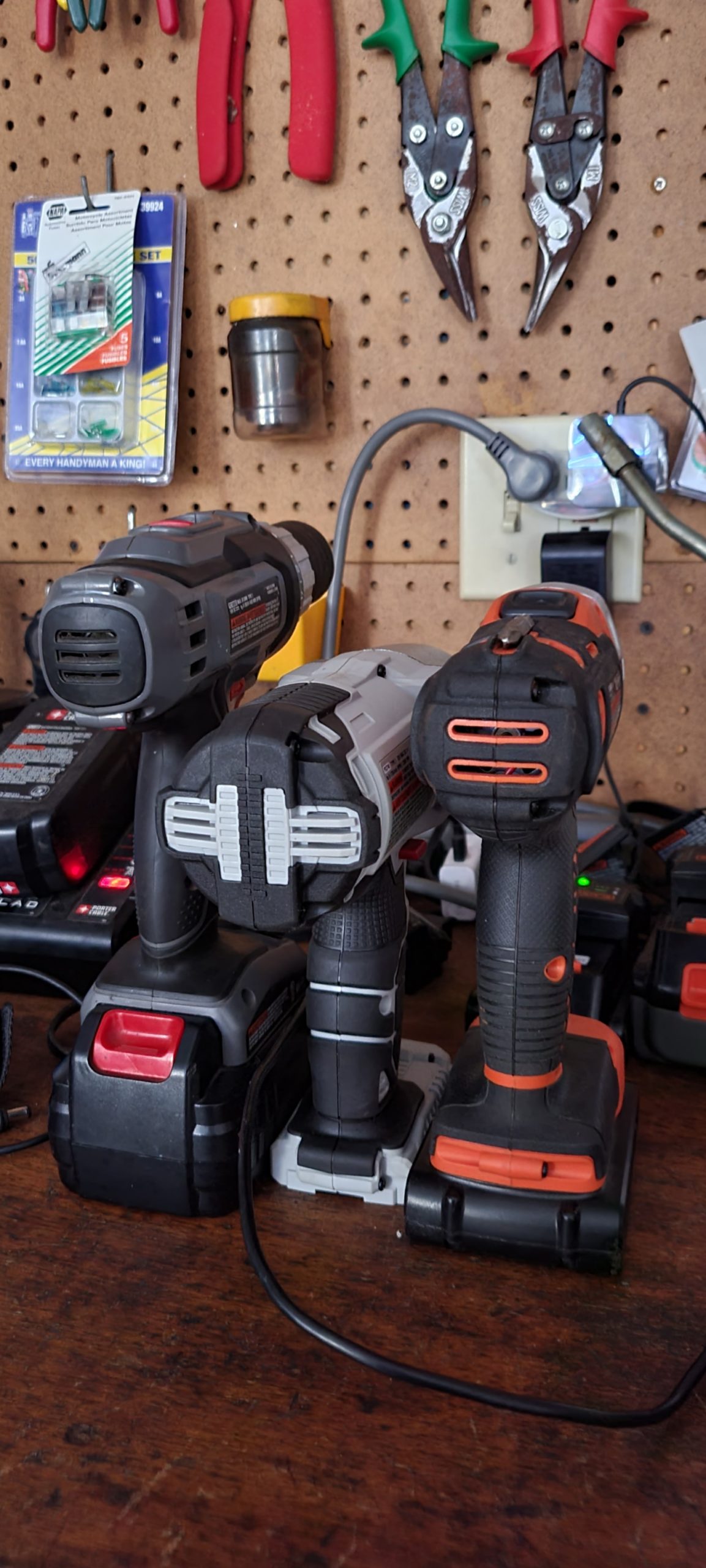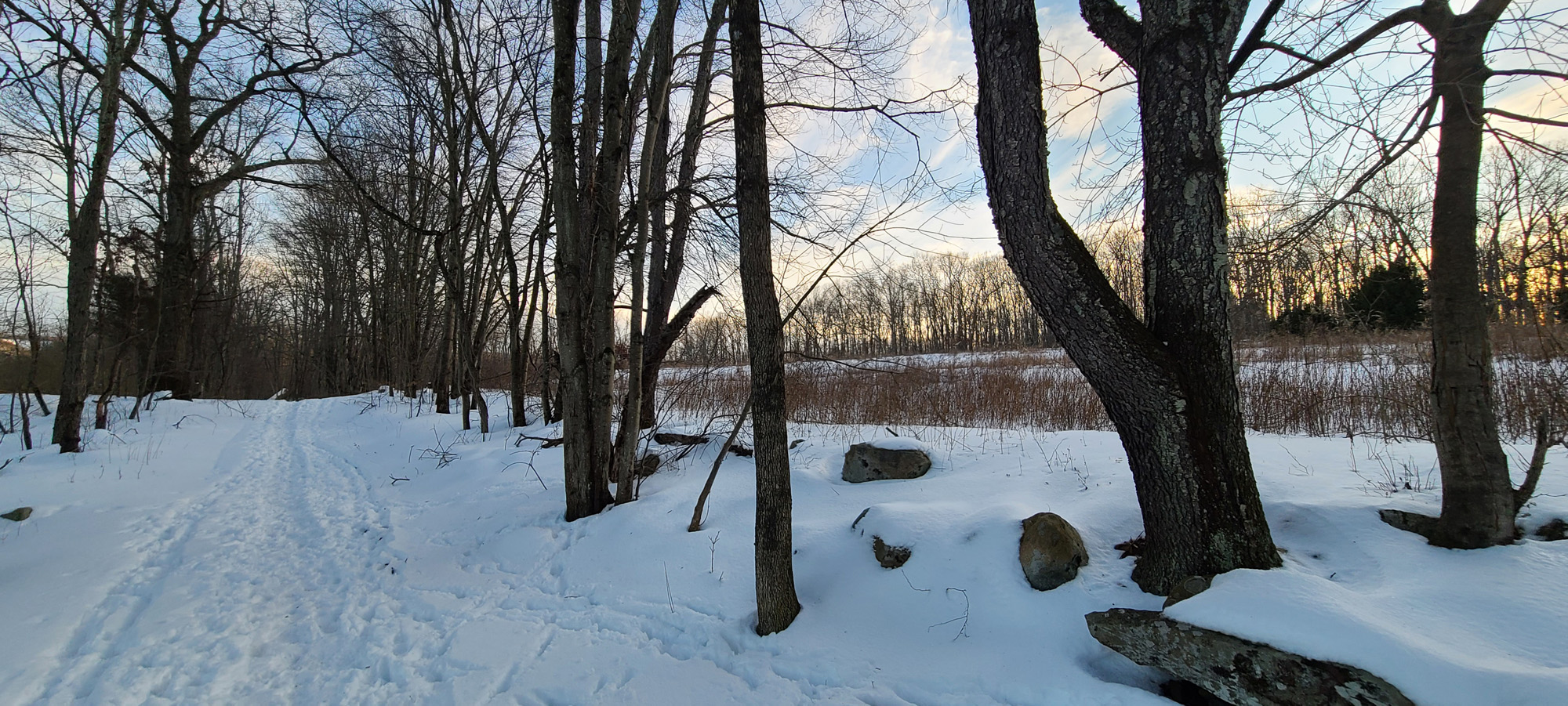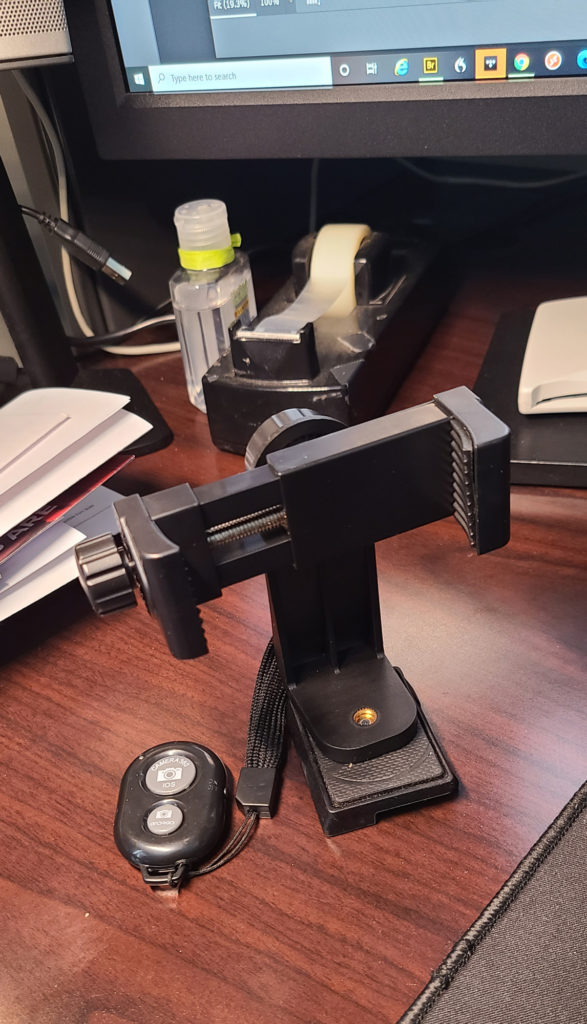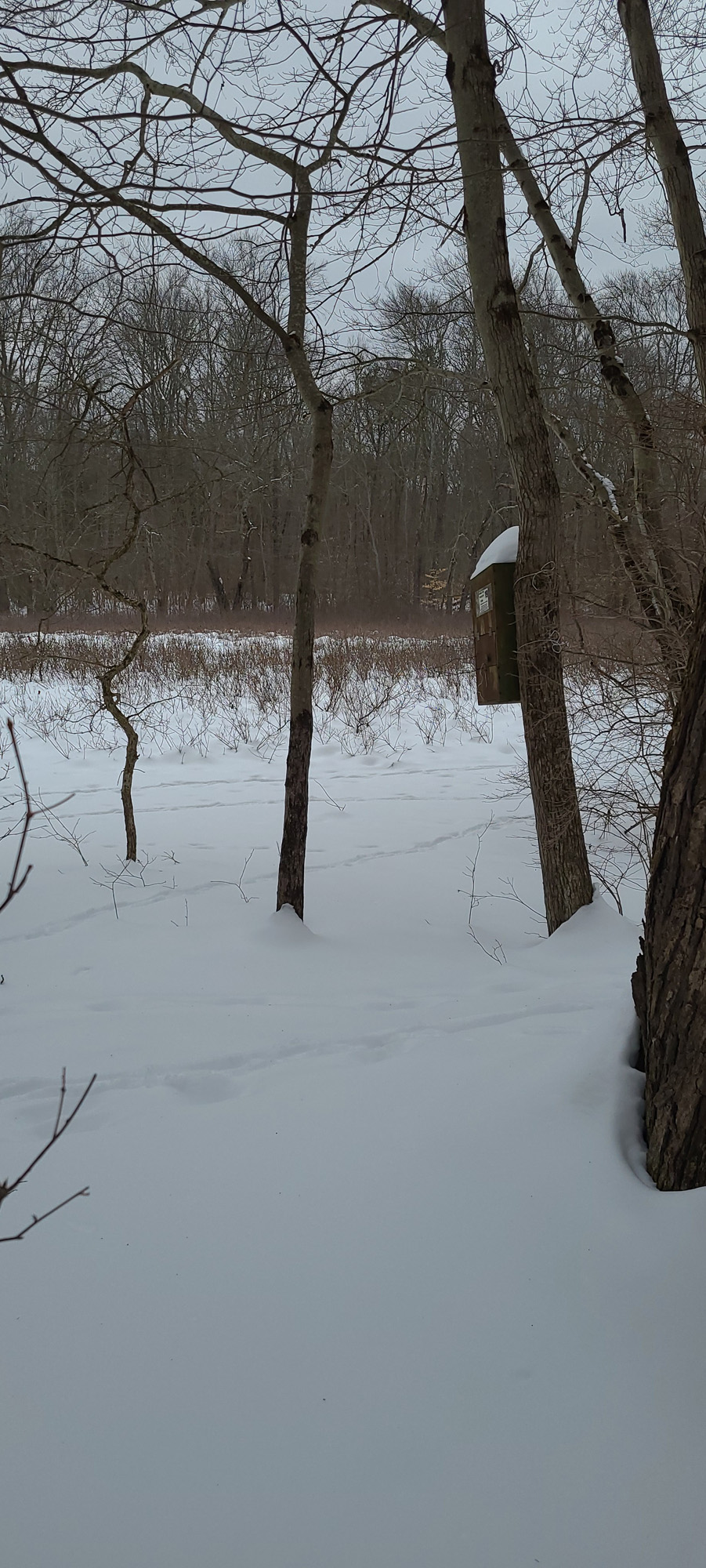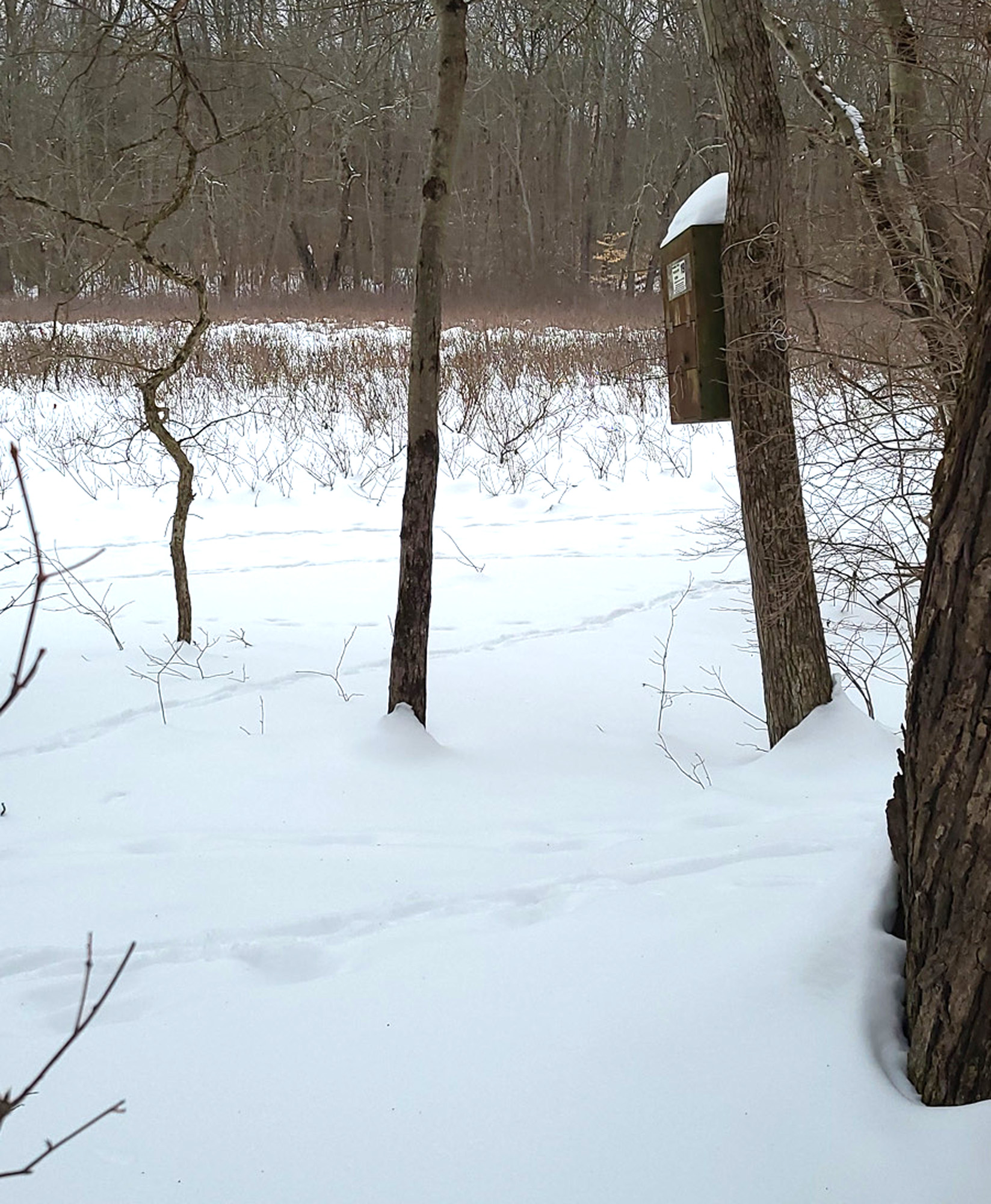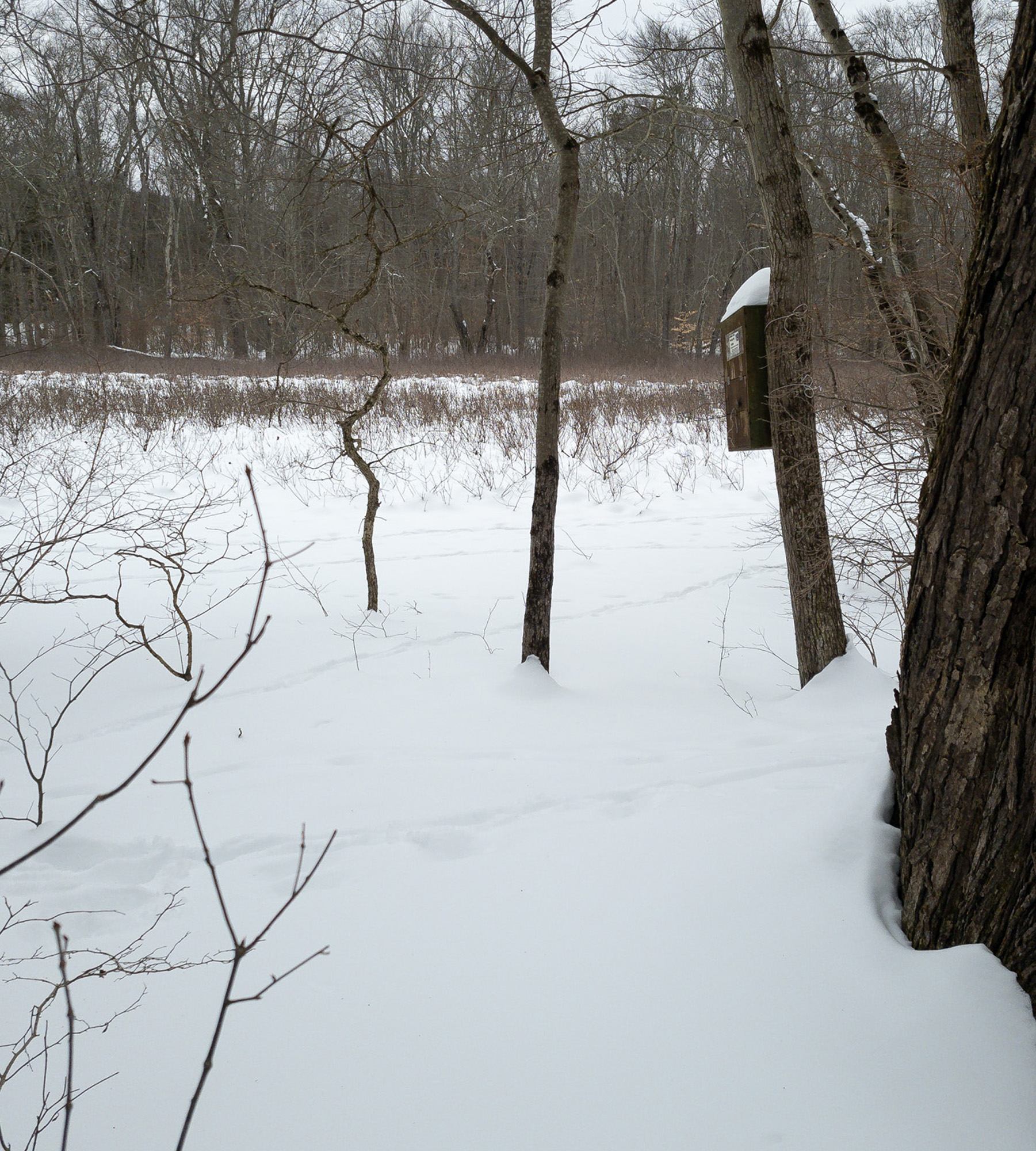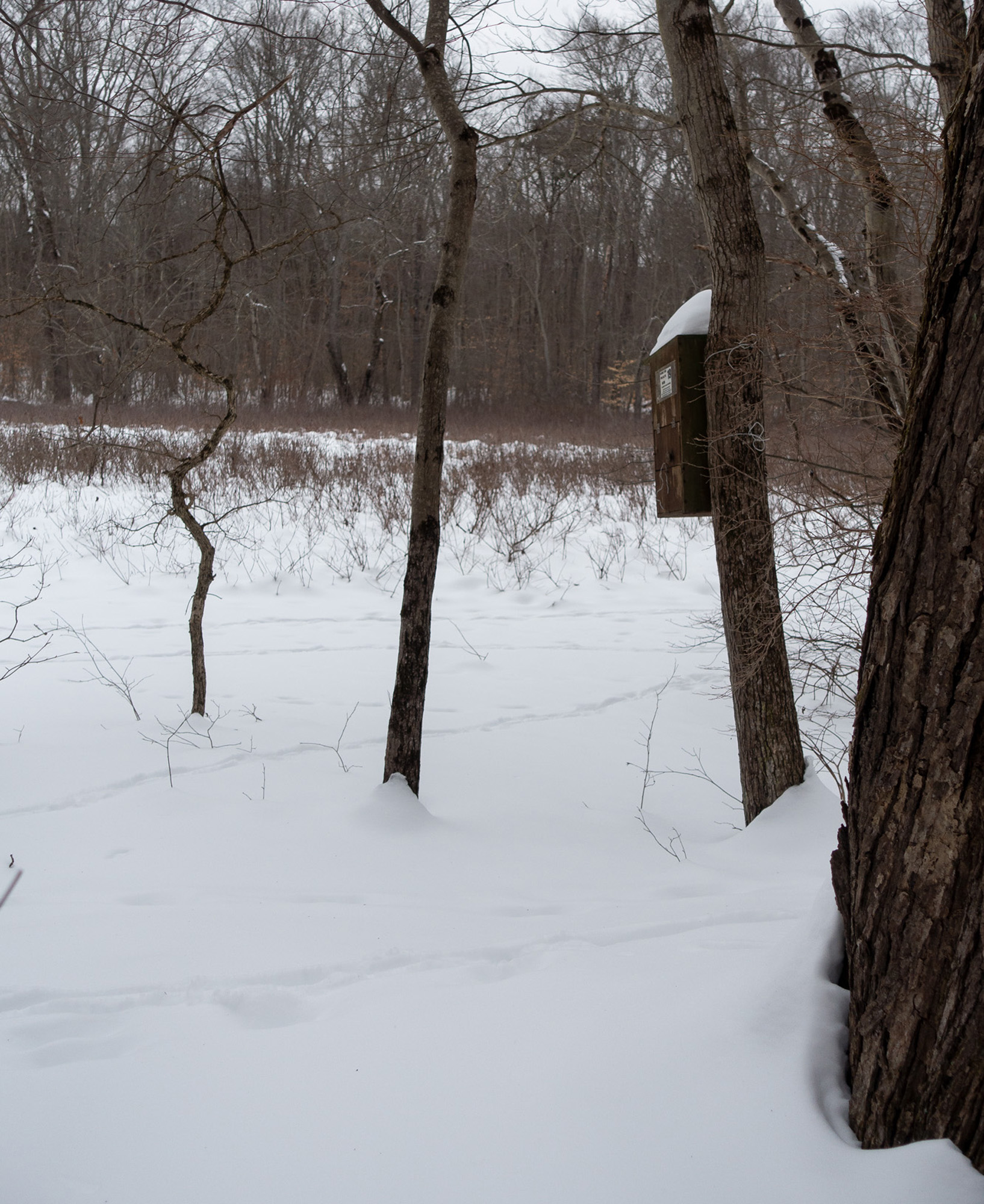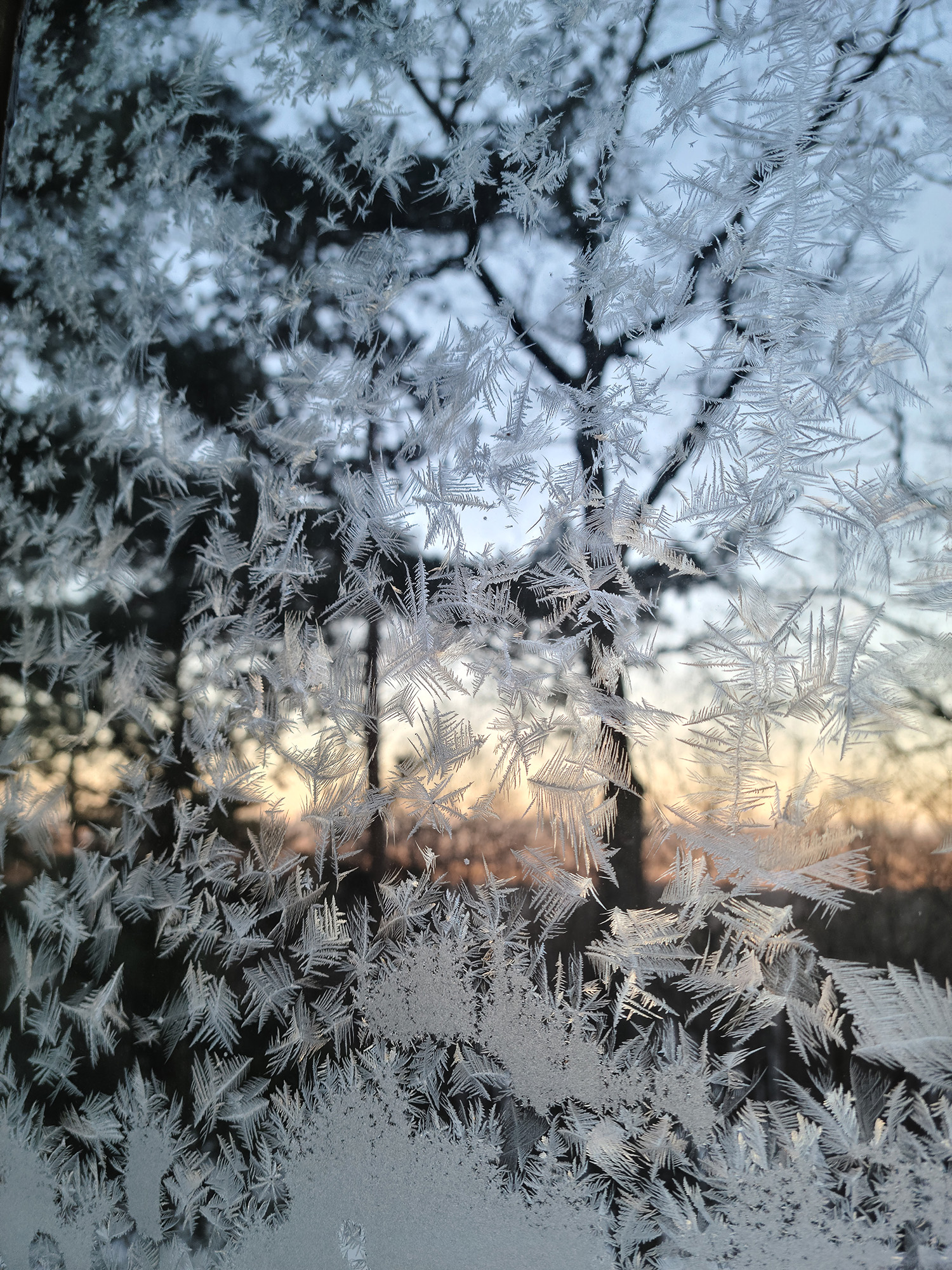
This was originally published in The American Thinker on January 12th,2022. It has been slightly edited from that article
We are now officially entering the third year of the Wuhan surprise. We are experiencing a brand-new SARS co-V2 variant, Omicron, which is sweeping through the population like a lot of nasty winter respiratory infections. Except that we test for it. And we know its name.
As of early January, the Omicron makes up roughly 95% of cases in the Northeast (CDC data). In my state of Pennsylvania, for instance, our peak case numbers were triple what they were last December. Our hospital, and ICU occupancy so far however is slightly lower than last year, attesting to the more benign nature of this particular bug.
I was looking through the hospitalization data, on the Johns Hopkins site. As a former critical care specialist, two things are curious to me. Number one is that the total number of ICU beds in the country has fallen from 91,000 in January 2021 to 80,000 now. I’m sure that a portion of that decrease is due to acute illness of ICU personnel, given Omicron’s infectivity, and vaccine avoidance. I do wonder however how many of those beds were lost due to the firing of ICU staff due to their vaccines status.
The second strange data point is that in the US as a whole or Pennsylvania in particular, there are said to be roughly 20% of ICU beds unoccupied. In my experience over the years, intensive care units tend to be full, and we accept new admissions only by transferring out the least ill. If I was running a 20 bed ICU and had 4 open beds, I’d be feeling pretty comfortable. Maybe this data is wrong, but if it’s not, this is hardly a crisis.
As of January 2022, a majority of the population has been coerced into multiple inoculations, with spike protein-producing mRNA. Despite this, we are seeing record numbers. How could this be?
Data from Britain suggest that roughly 50% of coronavirus patients in the hospital, were admitted for something else. In the United States, those numbers fall between 30% and 60% depending on the locale. In our hospital, there has been an obvious reduction in acuity for patients that carry the Covid diagnosis, given the benign characteristics of Omicron.
It has become rather clear that natural immunity and/or vaccination/booster status are irrelevant in the current surge. In fact, in the case of vaccination, there is data from Iceland and Denmark suggesting that the population most prone to Omicron are those who have had the full original course of the vaccine. Here’s the data from Iceland, where the population is 91% fully vaccinated. If you look at infections per 100,000 people based on vaccine status, the fully vaccinated, have the highest prevalence of infection. Now in the same data set, it’s clear that the vaccinated have less severe disease, which we have been saying for some time, In the case of Omicron, for most people, that point is moot, given the mild nature of the syndrome.
Again I say, if you’re interested in being vaccinated or boosted, that’s your choice. But given Omicron’s obvious vaccine resistance ( which is likely to persist in future variants), the strategy of forcing a monovalent vaccine on the population during a pandemic has clearly failed.
Data out of Israel suggests efforts there with a fourth Pfizer booster have been ineffective in preventing the spread of Omicron.
In my circles over the last month, I’ve had a fairly large group of friends and acquaintances, who have been infected. These include the vaxed and boosted, the group formerly known as fully vaccinated, the unvaccinated, and those like me with natural immunity. All of us, at a variety of ages, have had a roughly 3 to 4 day viral upper respiratory syndrome, of little consequence. I know from my practice, that this is also being seen more broadly in the community.
Another thing I have noticed is that given their cold-like illness, people that suspect they have omicron are reluctant to be tested, so as not to be inconvenienced by having to isolate. This may be contributing to spread, but also signals a change in attitude towards this illness among many people.
In a sensible world, given this data, public health officials would quietly back away from the insistence on mass inoculation, and begin to feature therapeutics in their approach to Covid. I wouldn’t actually expect them to admit failure, but perhaps only to change their emphasis. Instead, they are doubling down.
In my former life as a doctrinaire practitioner, I would’ve been loath to consider the wild claims of medical conspiracy theorists. Some talk about the vaccine containing graphene, and other nanoparticles meant to monitor and control. I certainly don’t believe in these theories. But the escalating efforts to penalize the unvaccinated by their governments seem so irrational, that it is not unreasonable to wonder: what the hell is going on?
Why insist, that an increasingly ineffective immunization be given again and again, at shorter intervals, to the entire human population, including children who tend not to be severely affected? And how can we force injections with products that are still officially investigational, and not FDA approved? And why, as these vaccines have the highest rate of adverse effects by far, according to the CDC’s VAERS data, do we insist? And by firing reluctant healthcare workers, who have a fairly high rate of vaccine hesitancy (I wonder why?), we are stripping the healthcare system of talent we now claim to desperately need.
None of this passes any test of common sense. More and more I think people are beginning to realize this, and are growing skeptical. Even elements of the press are starting to ask questions like: “how many more boosters will we be expected to take?”
There is an alternate way, as shown by countries as diverse as India, Mexico, and Japan. We need to encourage early treatment, with cheap safe, and proven antiviral therapy such as hydroxychloroquine and Ivermectin, in protocols that have already been developed. Pfizers new drug Paxlovid may be useful if further studies confirm safety and efficacy. If people wish to be vaccinated, fine, but only with products approved for use by the FDA (Pfizer’s Comirnaty). This would mean patients would have legal recourse if they were to suffer a devastating side effect.
We have a right to expect competency, not corruption from our public health officials.
Seems to me, they have been a big disappointment.
As always, I’d be honored if you’d share

